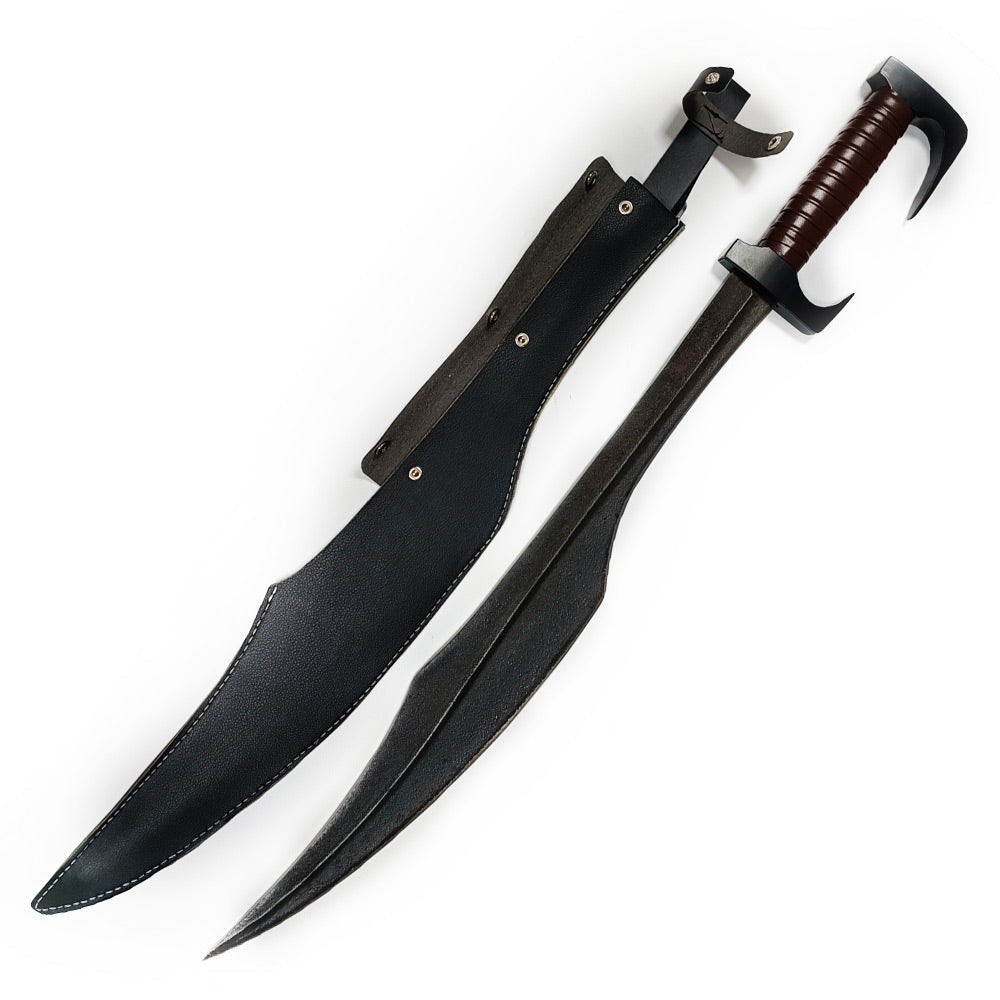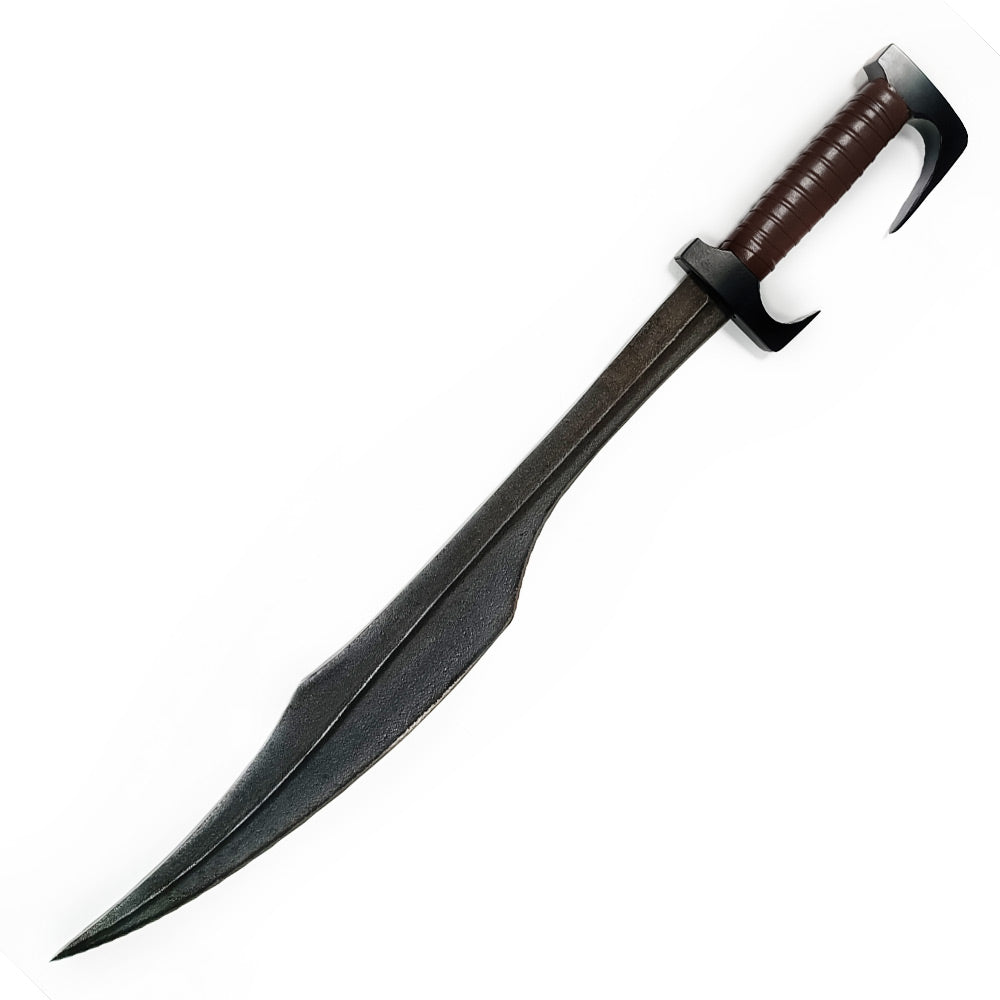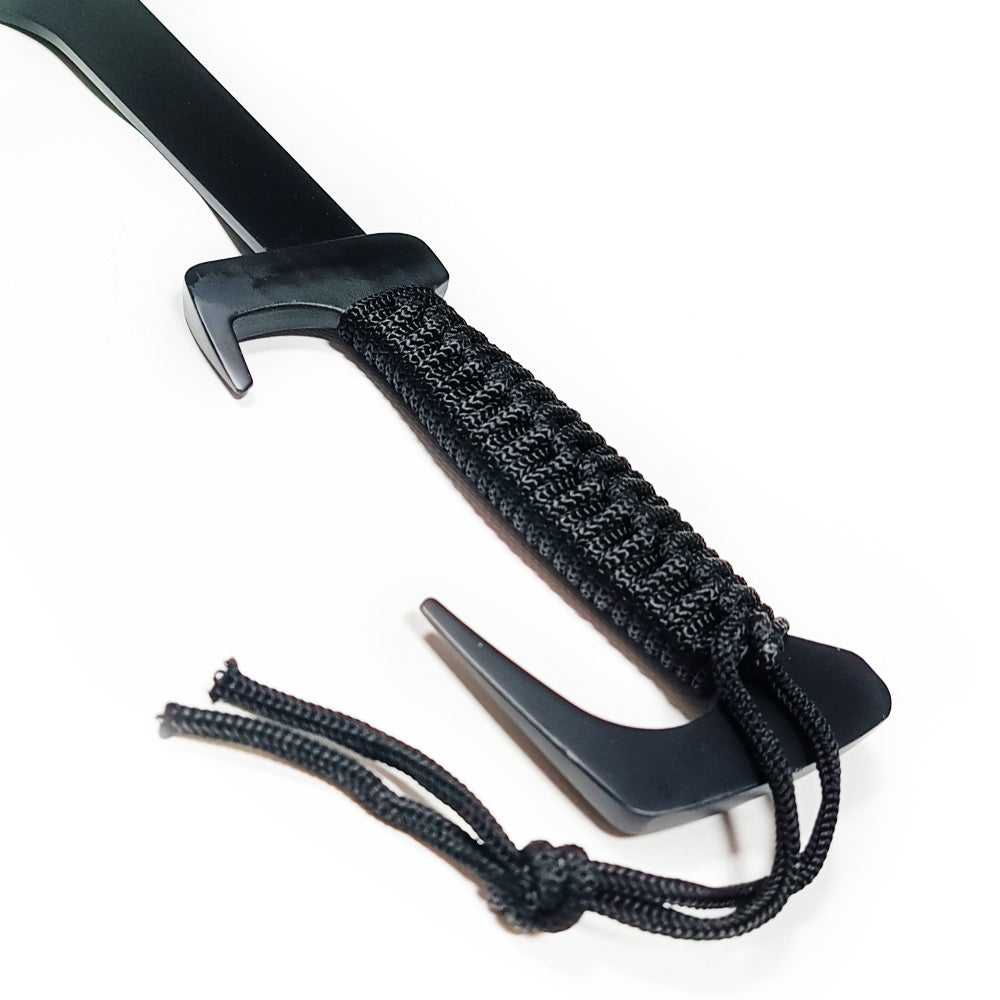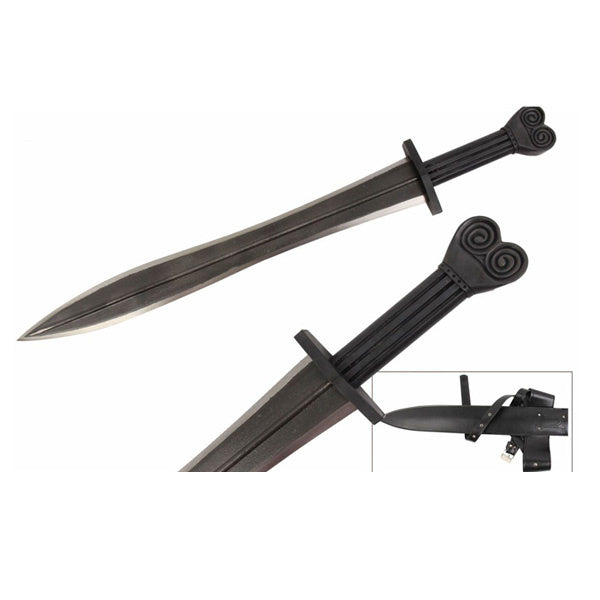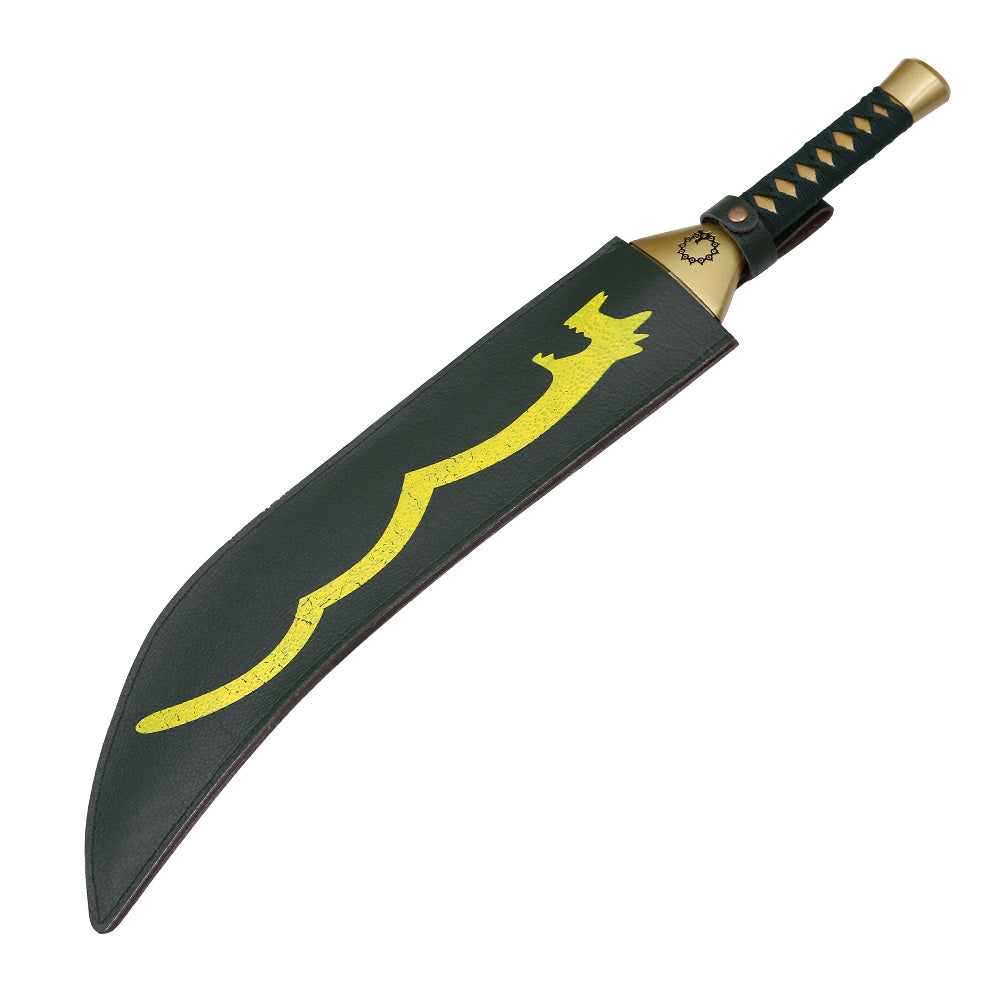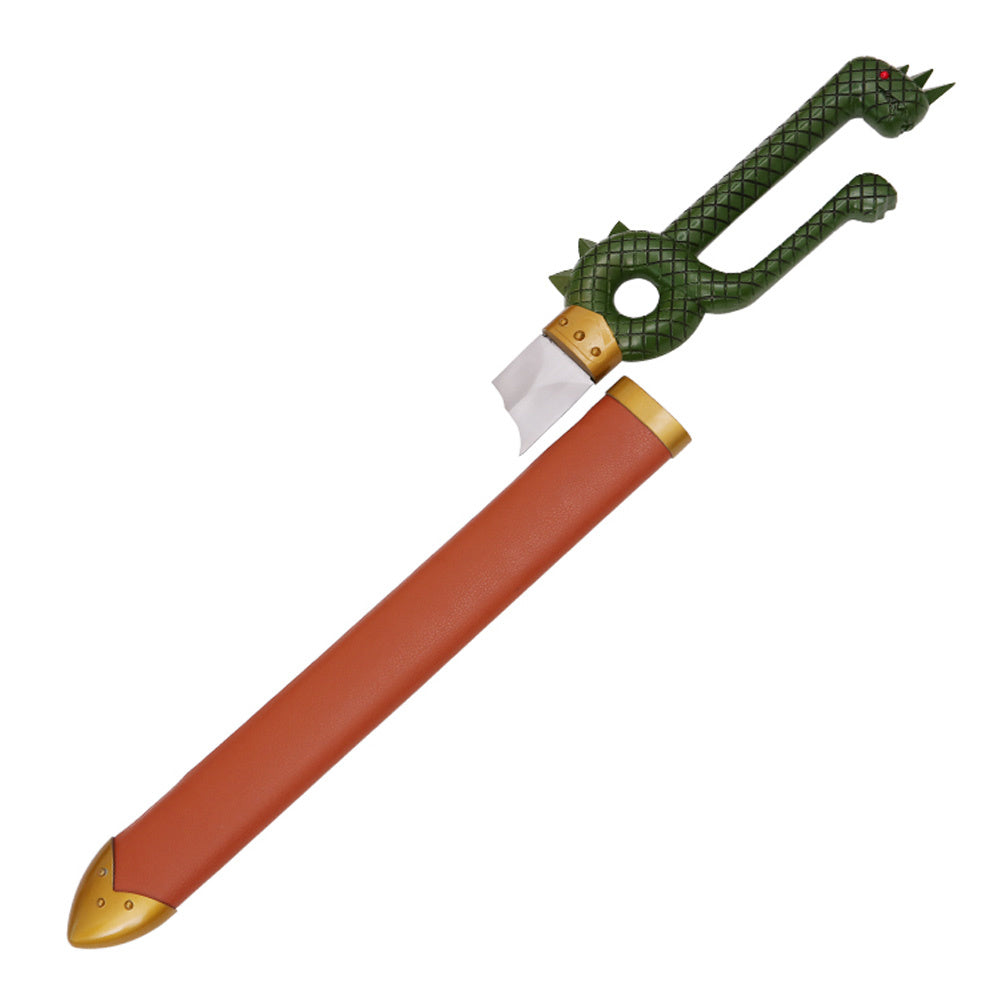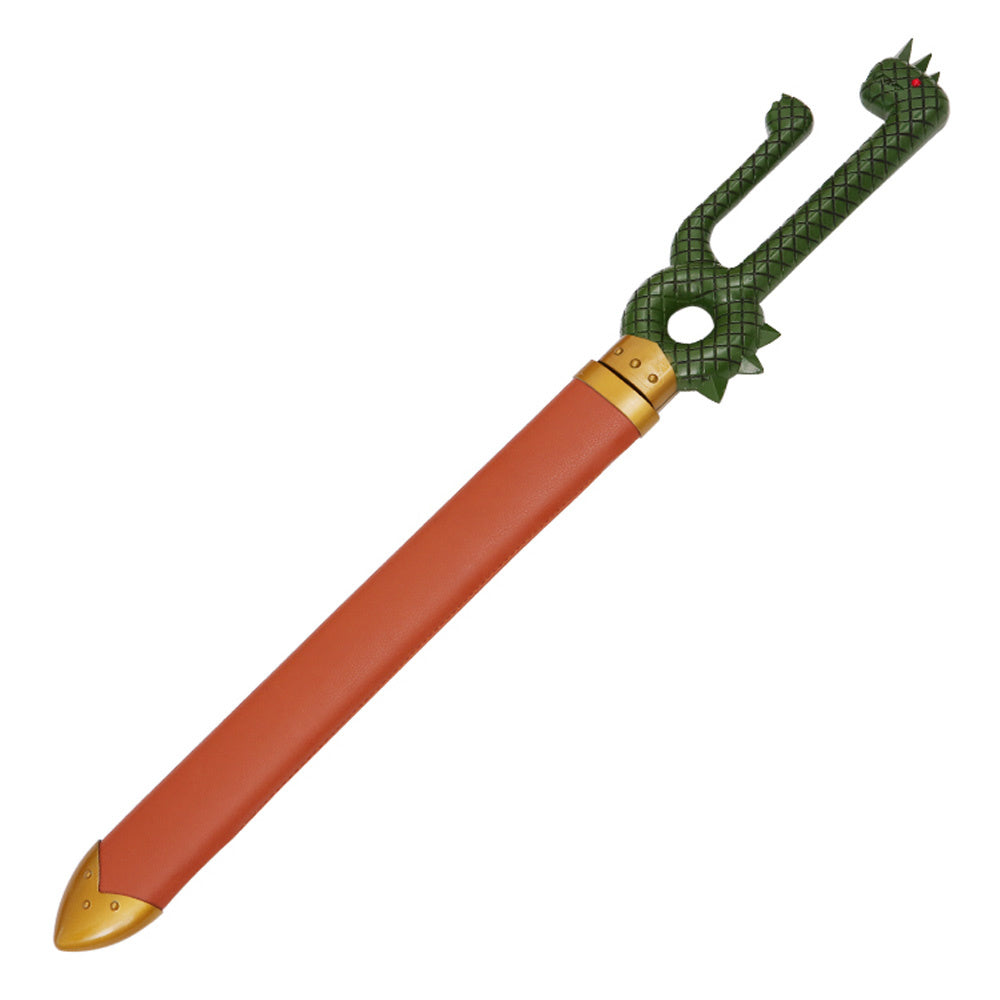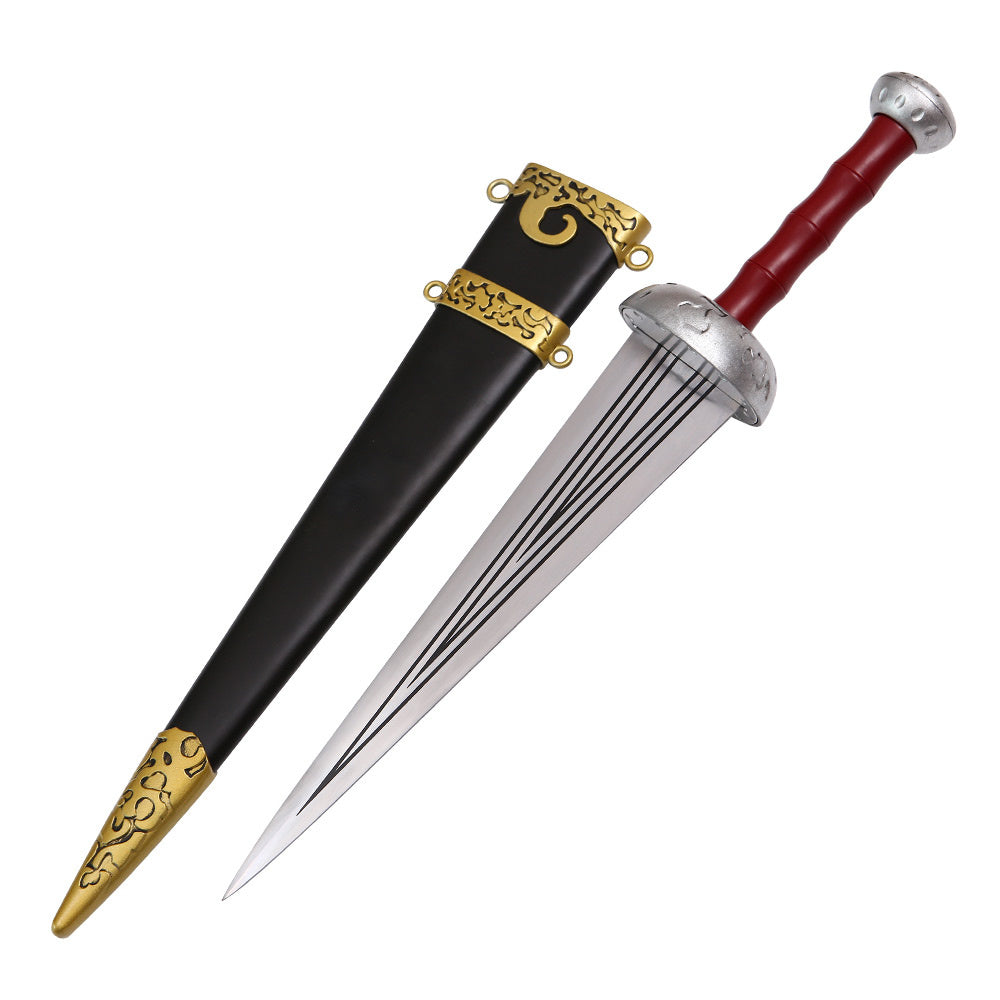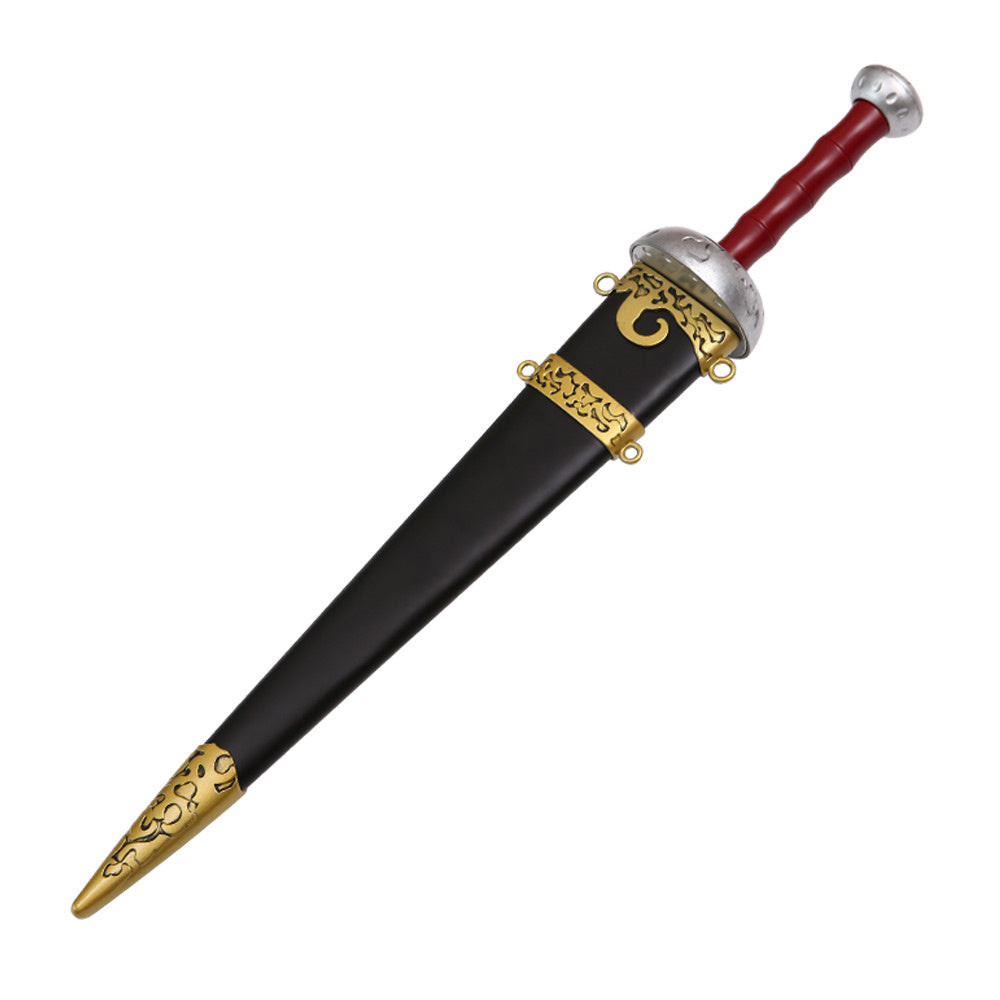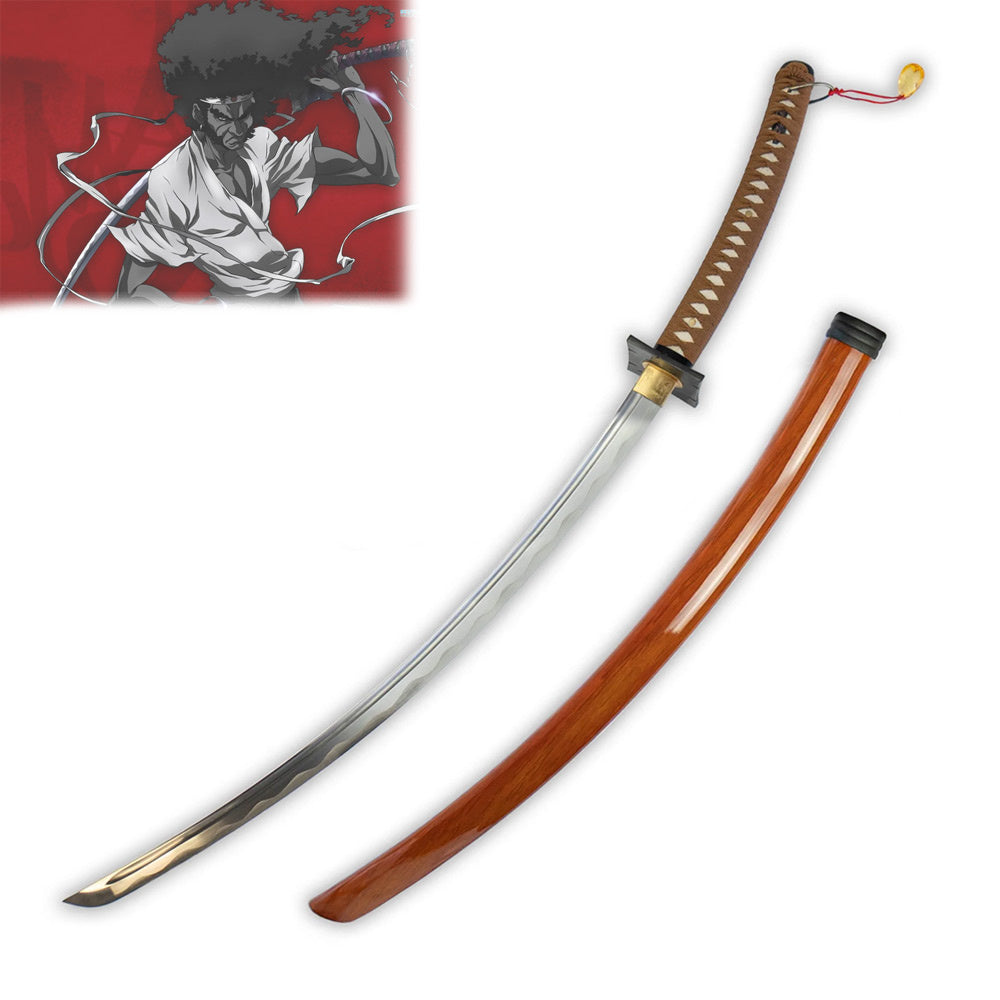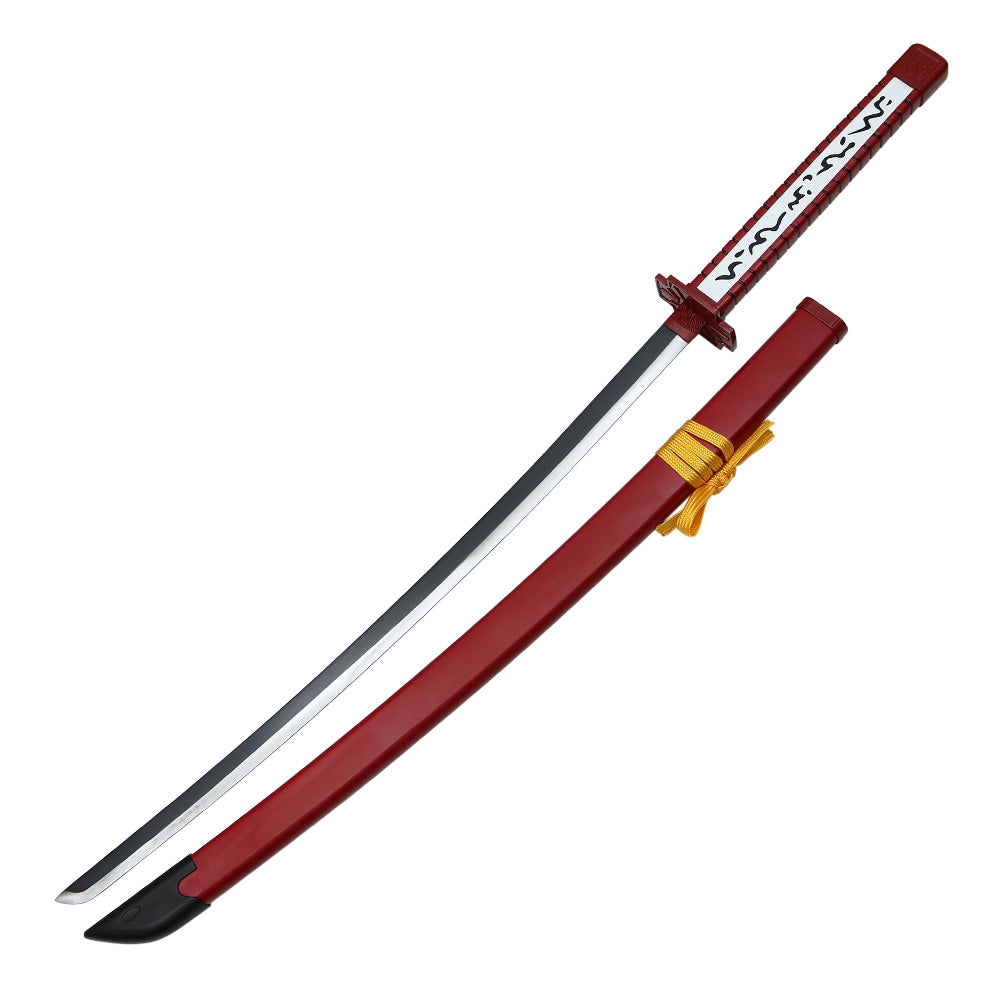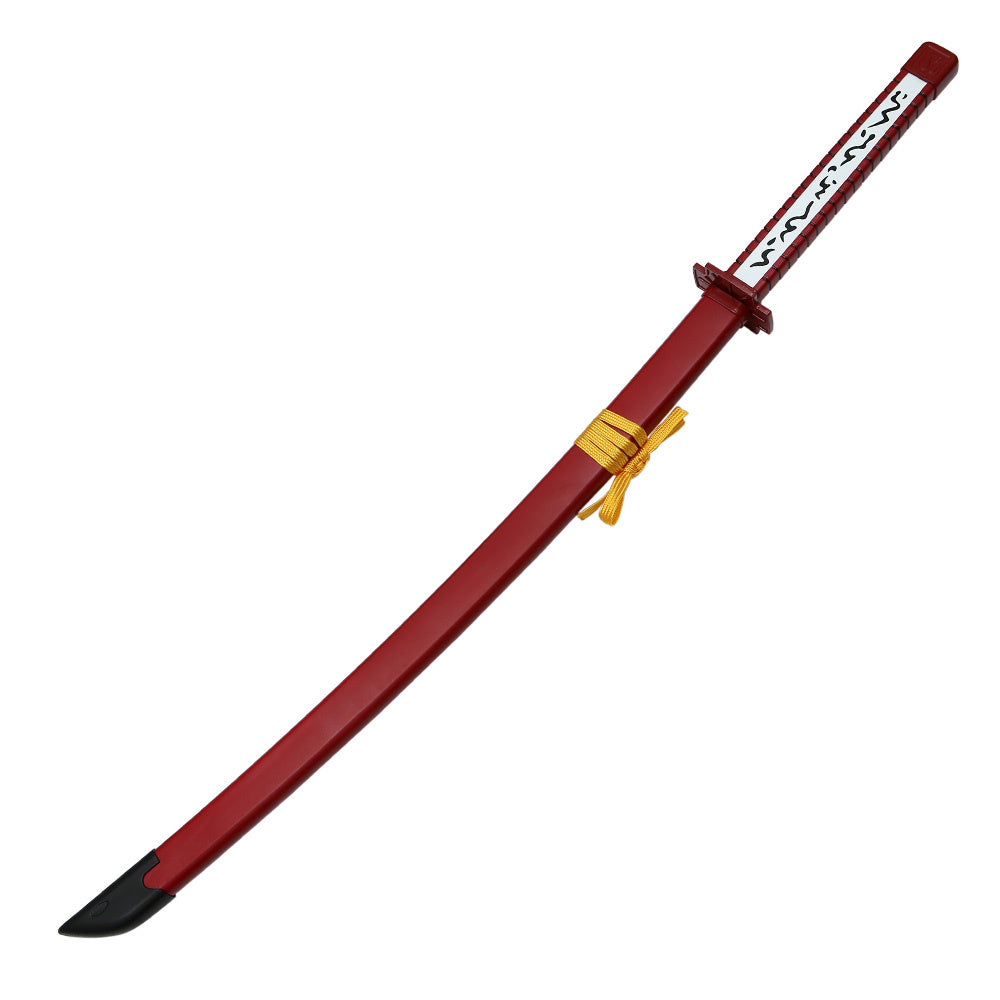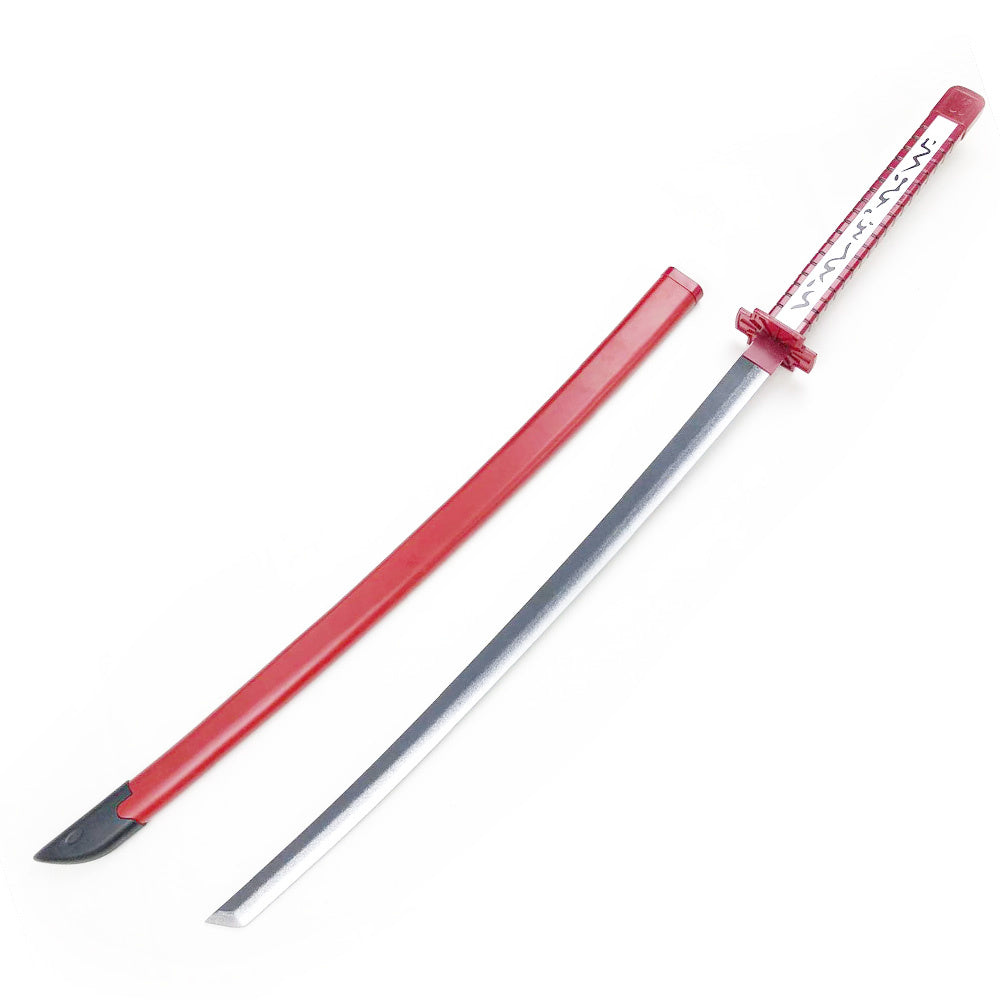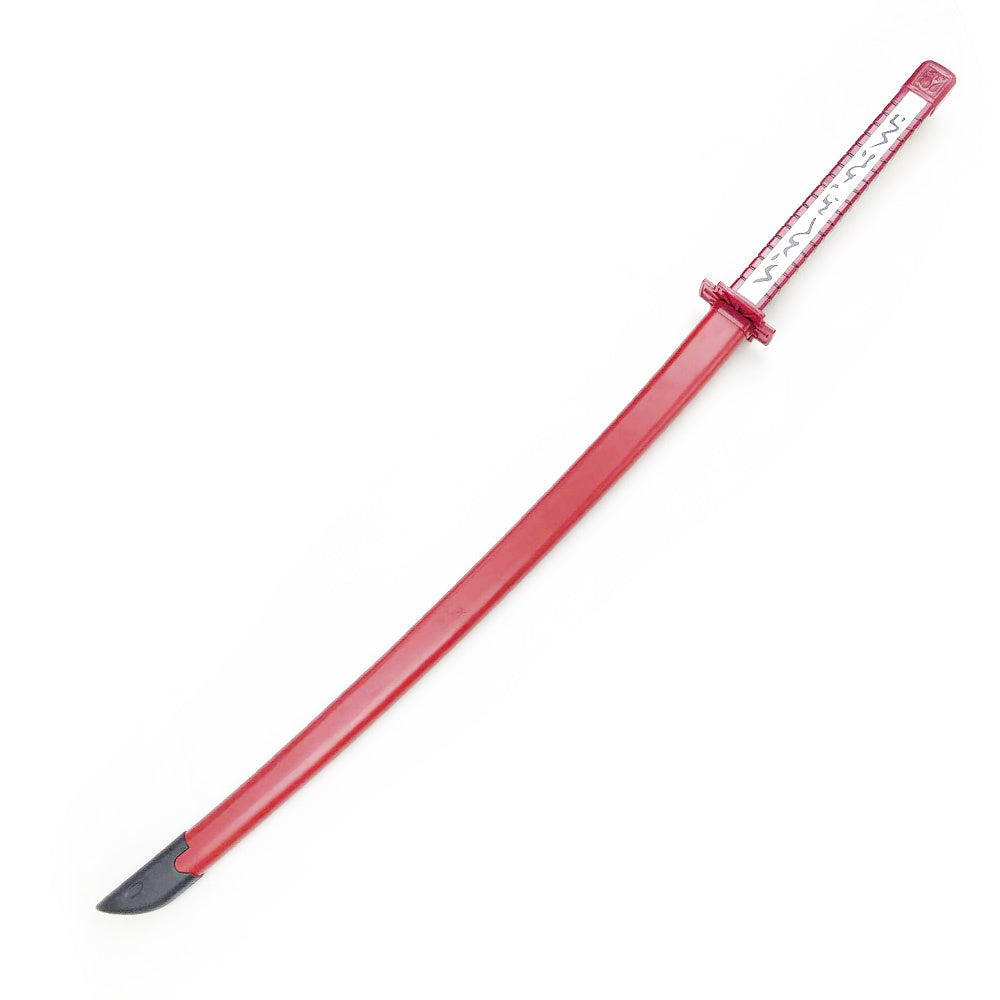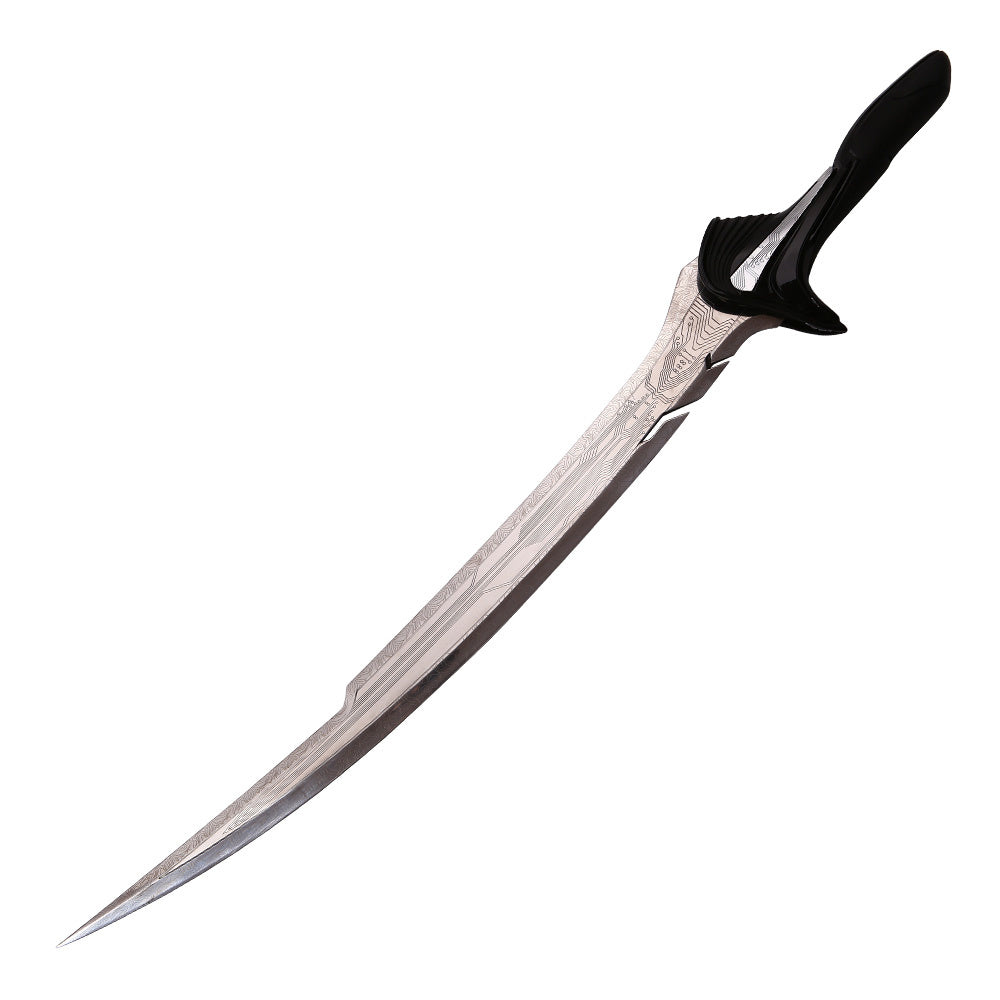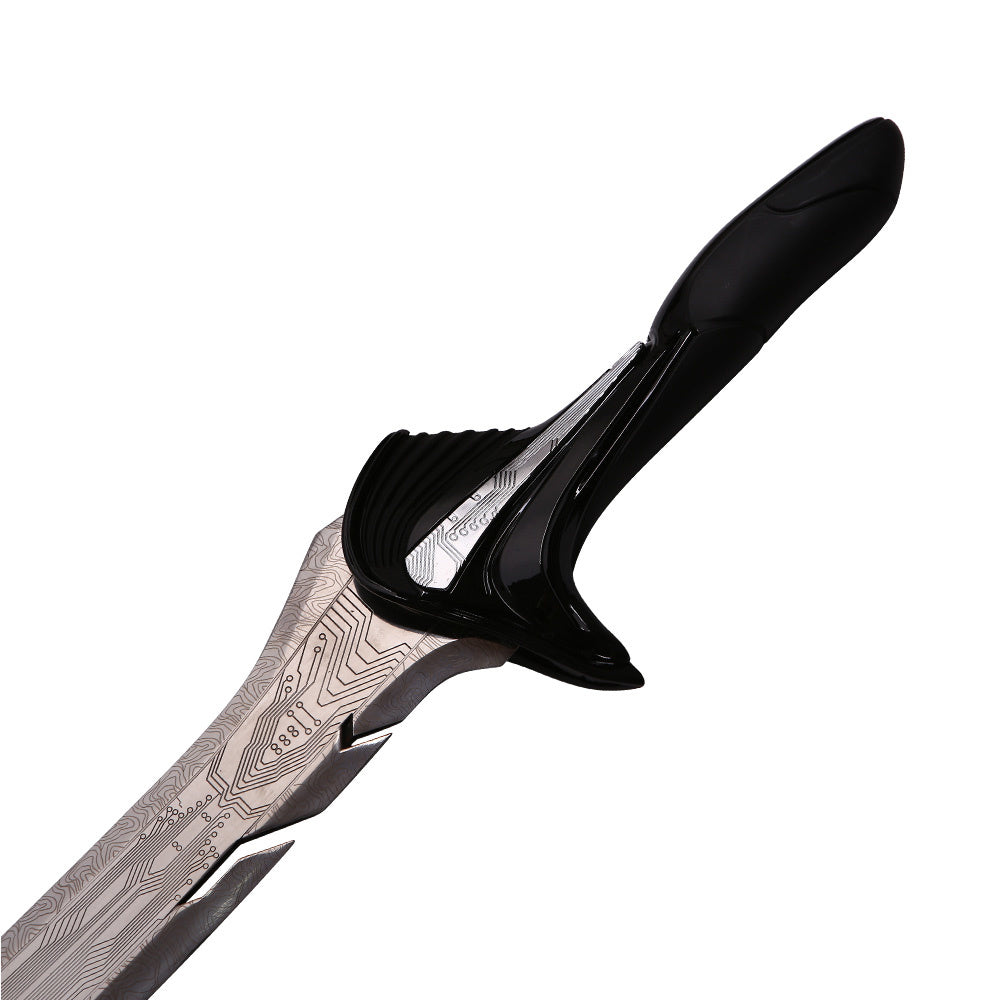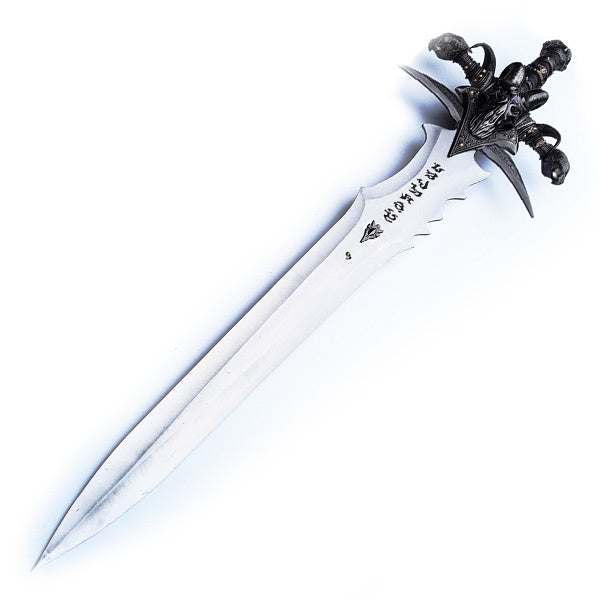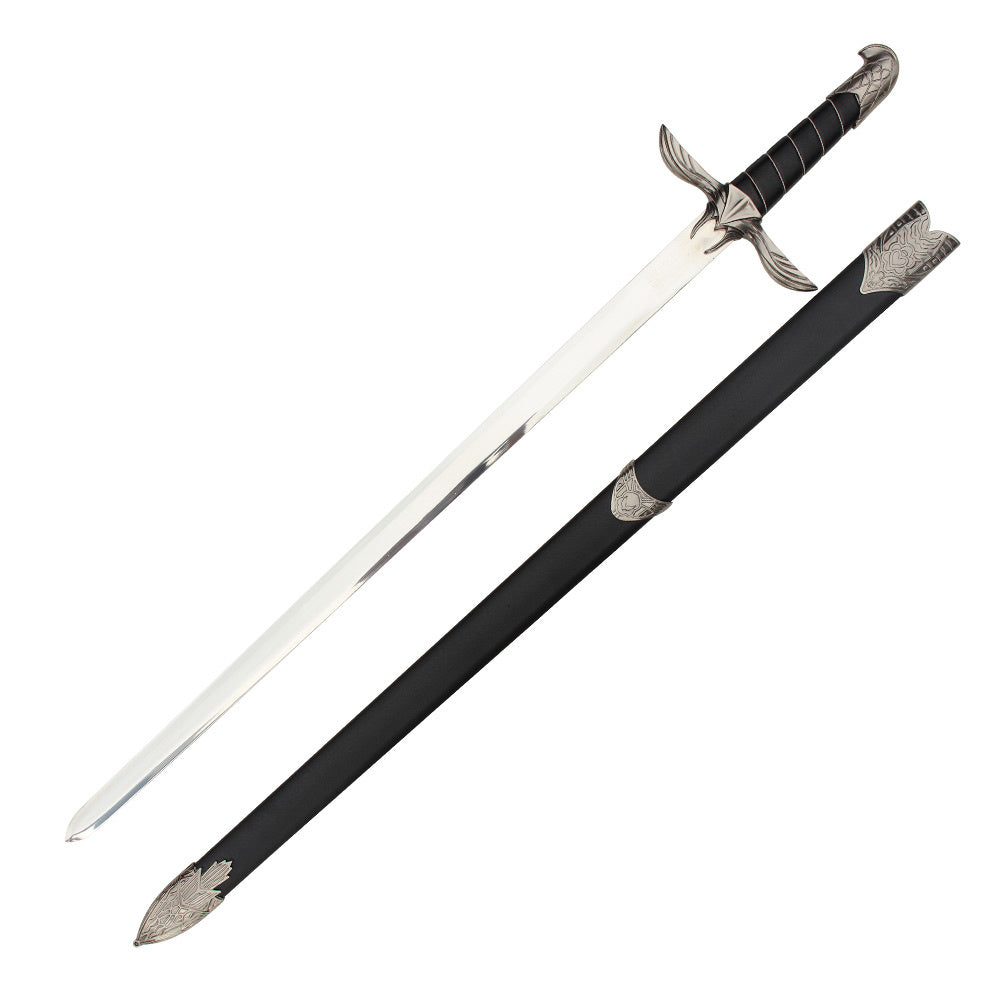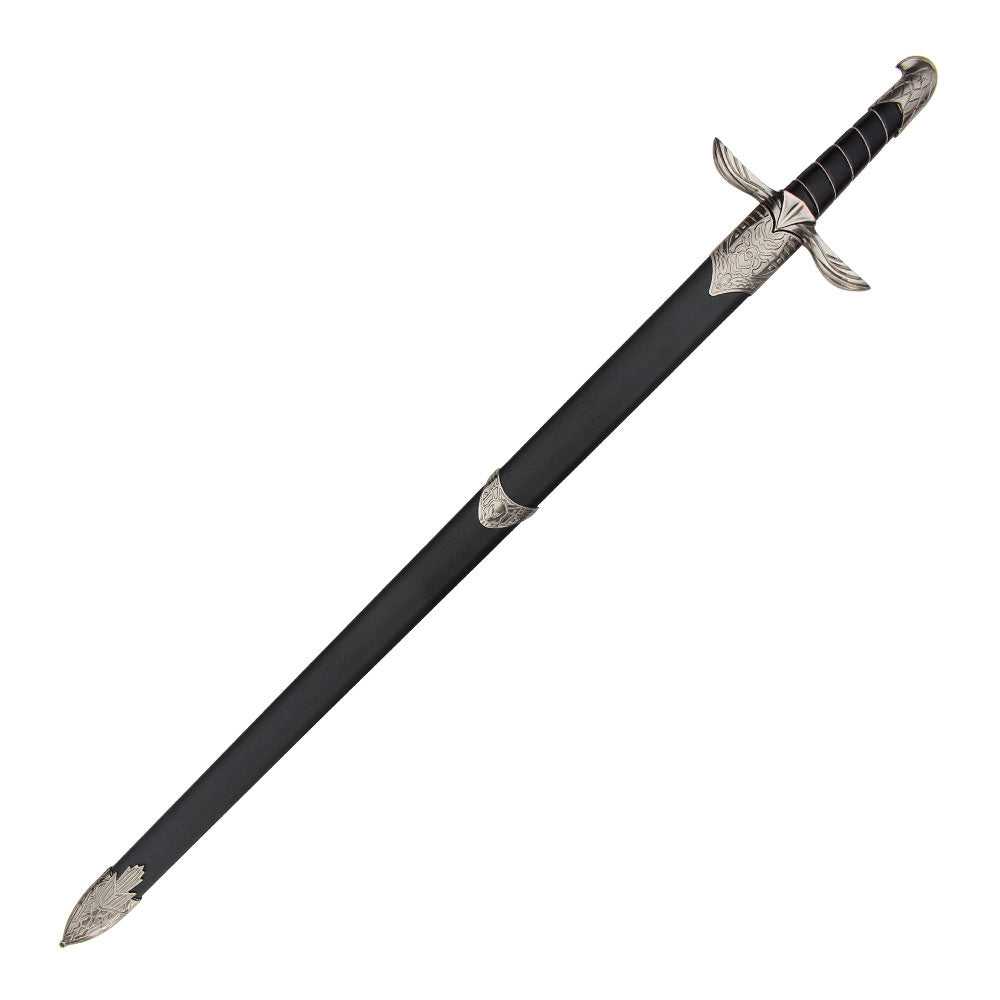
The Highlander franchise is a contemporary classic that has remained a fan favorite since its introduction to audiences in 1986. We first learned of the brave immortal warriors in the movie written by Gregory Widen. The movie’s popularity led to the release of several follow-up movies and TV series that took Highlander’s story even further. Other popular related media released for fans included novels, comics, and traditional tabletop games.
One thing that remained unchanged in each representation of Highlander, along with his immortal warrior status, was his powerful Katana, which served its master unrelentingly year after year. The Highlander franchise has one of the most well-known and well-loved hero blades in the cinematic universe. Let us dive into the cinematic and mystic history pages and reveal interesting facts about the famed Highlander Katana that you might not have known.
MASAMUNE KATANA
The katana wielded by Connor MacLeod was no ordinary blade. It was an original Masamune Katana forged by the legendary Japanese swordsmith Gorō Nyūdō Masamune. Masamune is an influential figure in ancient Japanese history and is said to have lived and created celebrated blades from the late 13th to early 14th centuries. He was known for forging swords and katanas by employing metallurgy techniques well beyond his time.
According to the writer, any weapon wielded by the immortal Highlander needed the allure and durability to last ages. His weapon needed to withstand powerful foes and serve its master for ages. And Masamune blades fulfilled these requirements beautifully. The Highlander Katana is a piece of fiction; however, its presence and impact have lasted ever since its first appearance in the series.
DEADLY BEAUTY
Like many deadly objects in popular fiction settings, this katana was a beauty to behold. Forged in 593 BC by legendary swordsmith Masamune himself, this katana had many physical attributes that made it instantly recognisable. The legends recount that Masamune folded the metal used to forge the blade over two hundred times, giving it incomparable sharpness and strength.
The ivory handle that holds the blade is decorated with a ferocious dragon head with a gaping mouth, and its tail coiled around the base of the handle. The rest of the handle features carved etchings of peaceful Japanese culture. In the novels, this katana is clearly described as an exceptionally well-balanced sword with a diamond-hard blade.
SYMBOLISM AND POWER
The katana is closely tied to the concept of immortality in the Highlander universe. The Masamune Katana is a symbol of the legacy of its creator, Masamune, and of those who have wielded it over the centuries. It carries the weight of history and tradition, connecting its wielders to the past and the immortals who came before them.
This legendary sword is not only a powerful weapon but is also believed to have absorbed the power of the immortals defeated by its wielder, making it an object of immense desire for immortals.
However, due to its immense power, the katana’s fate is riddled with conflict and death. It is often at the centre of conflicts among immortals. Its presence can lead to battles and rivalries, as various immortals covet the sword's power. It represents the fateful and often deadly encounters that immortals face as they strive to claim "The Prize" and fulfil their destiny.
TIME AS RAMÍREZ'S WEAPON
This Highlander katana has a much more romantic and soft origin story than many other popular and celebrated fictional blades. Masamune forged this katana as a wedding gift for Juan Sanchez Villa Lobos Ramirez, an ancient Egyptian Highlander born in 896 BC with the given name Tak Ne. He received this powerful katana on his wedding day with Masamune’s beloved daughter, Shakiko.
During his long life spanning many centuries, Tak Ne/Ramírez fought many fierce battles with this Masamune katana. He even defeated the Kurgan in the great Spartan Battle of Plataea using this blade. However, Kurgan was also the one who ended Ramírez's long life after a fierce battle centuries later, and the noble blade was left ownerless after centuries.
THE KATANA’S JOURNEY TO CONNOR MACLEOD
Connor MacLeod was the second owner of the Masamune Katana. He was Ramirez’s devoted pupil and true friend. Ramirez served as Connor MacLeod's mentor and teacher in the ways of immortality and sword fighting. Connor was the one who performed Ramirez’s final rites after his gruesome death at the hands of his archnemesis, Kurgan. Conner also laid his beloved wife to rest right beside his teacher after she died of old age. He used his broadsword as the grave marker for her and then finally took up Ramirez’s Masamune Katana as his weapon.
FIGHT OVER THE OWNERSHIP
Masamune, the legendary swordsmith who forged the Masamune katana, had an adopted son named Ren, who was also an immortal. He was a ruthless and power-hungry man. Ren's coveting of the sword led to a deadly conflict between Ren and Connor MacLeod.
As the series progresses, Connor MacLeod's Masamune katana becomes an extension of his identity. It reflects his journey, experiences, and personal growth as an immortal. Especially because he truly accepted the ownership of the Katana after the death of his wife; it became a milestone in his life. It was not just a weapon but a part of who he was, a testament to his endurance.
THE GATHERING AND MASAMUNE KATANA
The Highlander mythology is a rich mix of traditional culture and human species living beyond natural constraints. There are several events and traditions the immortals living in the human world must abide by. The event that reigns supreme over all immortals is a prophesized event called The Gathering. During "The Gathering," all immortals must gather to fight until only one remains. The prize for the last immortal standing is immense power. This power is the cumulative might of all the immortals he destroys to get "The Prize." The Masamune katana is seen as a symbol of this power.
The fans of the Highlander franchise proudly own and display replicas of the Masamune Katana. It is a perfect tribute to Highlander's powerful storytelling and noble connotations.
